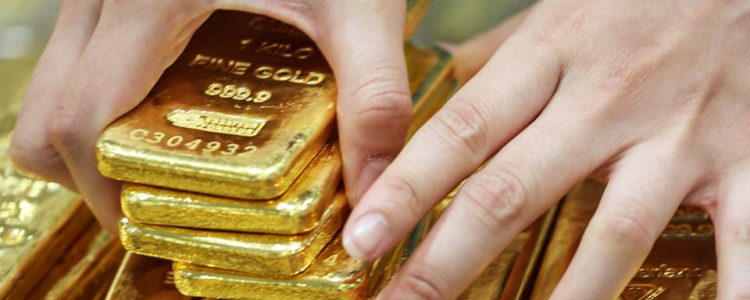There has been considerable speculation that higher interest rates are inevitable since the surprise election victory of Donald Trump as U.S. President. The problem is that few economists are contemplating the consequences on the enormous amount of debt the Federal government has wracked up since interest rates were last at a historically more normal five percent rate.
Consider that the Federal debt today is over $19.867 trillion. This makes it literally larger than the whole American economy, with a Debt to GDP ratio of 106 percent. In only the first 45 days of the 2017 fiscal year, another $294 billion has been added to America’s debt.
This amounts to a yearly debt increase of 13 percent. If they kept up this staggering borrowing, the total national debt would rise by $2.4 trillion this fiscal year alone. That would grow the total to over $21 trillion by September.
The debt is now rapidly outpacing U.S. economic growth. It is distressing news, despite Nobel winning Paul Krugman’s argument that debt is good. He argues that the American economy has managed to expand significantly despite having been saddled with debt since 1835.
It is not strictly true either. Besides the relatively unusual years during the U.S. Civil War and the Second World War, the levels of debt throughout the majority of American history were actually low. For example, the 1916 debt one hundred years ago equaled $3.6 billion, or seven percent of the GDP.
Today the situation is out of control. The Federal government is now forced to borrow money to pay the interest for the money that it previously borrowed. This equals the classic definition of bad debt.
In fact the Federal government presently spends almost all of its revenues from taxes on fixed and mandated entitlement programs (Medicare and Social Security) alongside the enormous interest on the debt. This would be bad enough if both Social Security and Medicare were not hopelessly underfunded and rapidly burning through their remaining cash.
The debt interest payments alone equate to hundreds of billions every year. This is with interest rates at all time lows. Today’s Federal government does not even have to pay two percent interest rates on its enormous debt. In 2006, the U.S. debt interest rate averaged a historically more normal over five percent. This sounds unthinkable now, but it was considered low in those days compared to the extreme rates from the 1980s and 1990s.
Interest rates on government debt at five percent today would actually break the U.S. government. This means that if today’s abnormally low interest rates are not around forever, the government is facing a time bomb of higher interest payments which will blow it to pieces. Trump’s monetary policies and growth ideas may be good for other areas of the U.S. economy, but they could easily be ruinous for the Treasury Department’s finances.
Excessive debt loads have brought down a number of the biggest global corporations. Most importantly, excess debt has led to the irrevocable decline of many of the greatest geopolitical superpowers in history. Thanks to chief debt cheerleader Paul Krugman, governmental decision makers believe they can continuously expand the debt without consequences or limits. When interest rates do finally rise (maybe this coming year, thanks to Trump), the debt funded spending party will quickly be over.
Will your portfolio weather the imminently higher interest rates?
Gold and silver have performed best as governments financially collapsed. These precious metals are your ONLY hope for hedging protection against a crashing American dollar and global stock markets. This makes them the best form of investment insurance for your retirement portfolio. Click here to obtain your free gold IRA rollover kit from Regal Assets so that you can have all of the critical information on how to best protect your portfolio using tangible gold and silver.
Gold Investment is the alternative currency that can safeguard you from these types of events. Putting a portion of your savings into this precious metal will help protect you. Download your free self directed IRA rollover gold IRA information kit today.









